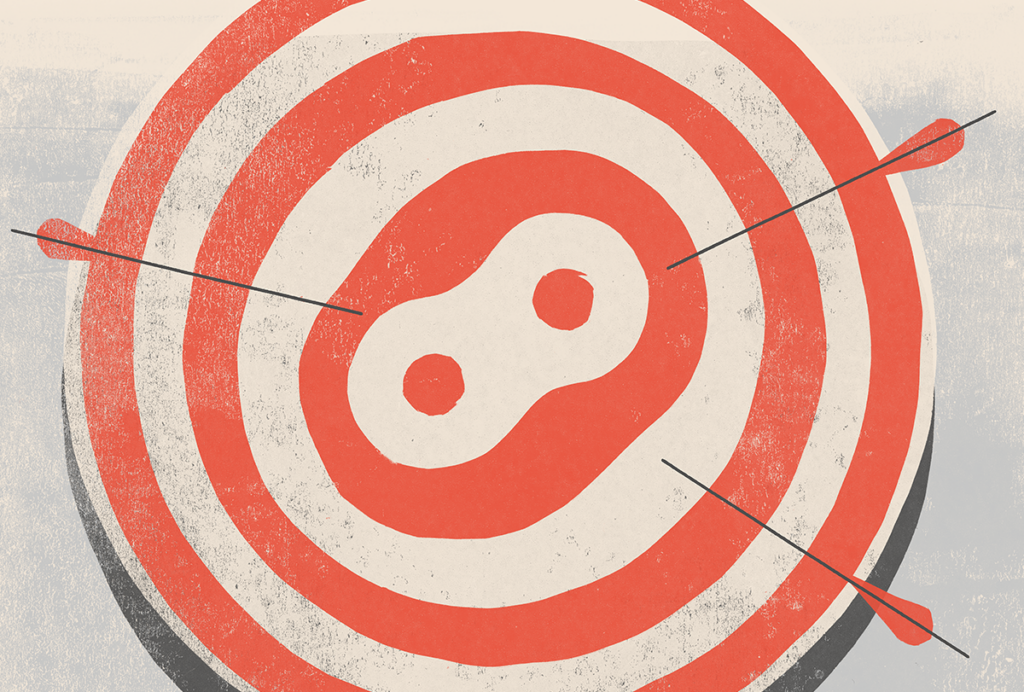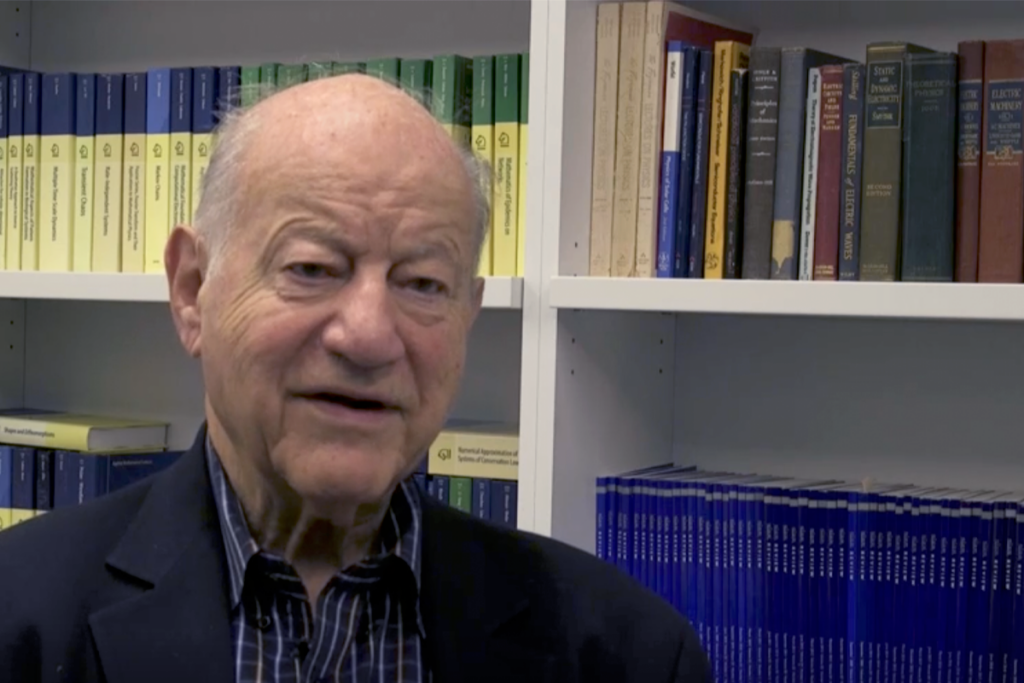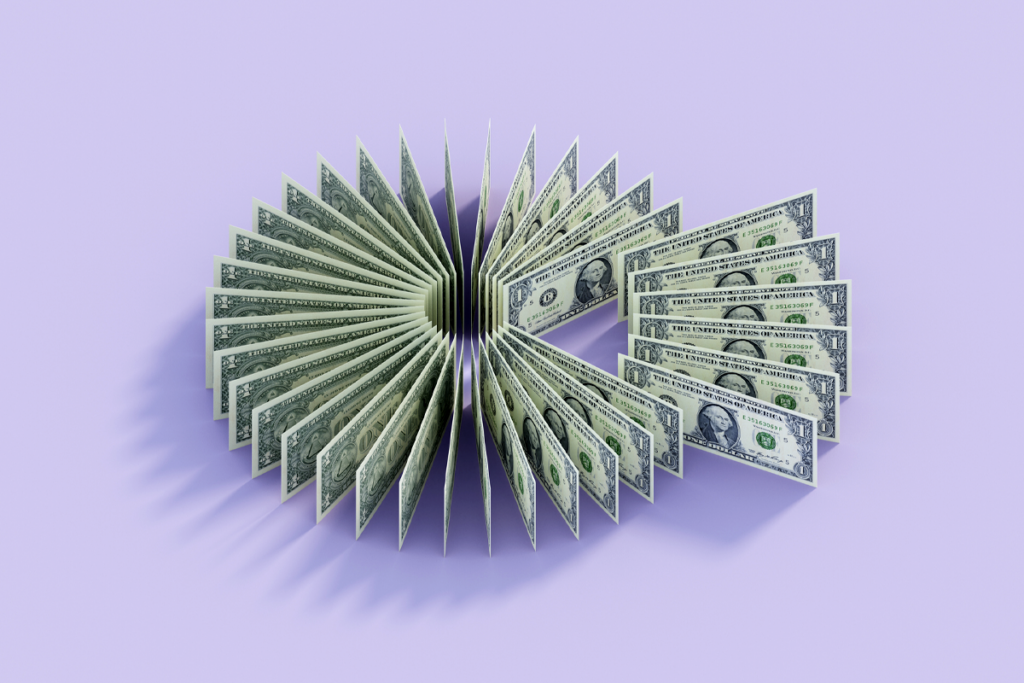This year, The Transmitter took stock of the research landscape. Here is a summary of what we learned:
- Many neuroscientists express a mix of excitement over recent technical leaps—including higher-density neural recordings, improved genetic tools, automated behavioral tracking and expanded neuroimaging and analytical methods—and deep anxiety about what funding cuts in the United States portend for the field and for early-career scientists in particular.
- Computational neuroscience is advancing more rapidly than other subfields, researchers told us, but systems neuroscience and studies of natural behavior, neuroimmunology and neural recordings in people are also among the fastest-growing areas. Artificial intelligence stands to transform how researchers work, and progress in cell typing and glial biology is helping the field shift from a “neurocentric view” to consider the contributions of non-neuronal cell types to circuits and behaviors.
- The field faces a number of competing priorities over the next decade. As neuroscience becomes increasingly interdisciplinary, the need to integrate—results across subfields, recordings across brain areas, theory versus data—has only grown, as has the need to explain to non-scientists the value of basic research. Many researchers say the field is becoming more fragmented.
- The community is split between putting a greater focus on solving basic-science challenges—understanding naturalistic behaviors, intelligence or embodied cognition, for example—versus translational ones, such as providing better treatment options for psychological and neurodegenerative conditions. A bias toward translational work appears in both our interactive trends map and our analysis of top-cited papers, perhaps because many research papers, however basic, emphasize clinical goals.
- Papers still accruing citation counts but generating buzz over the past two years showcase the breadth of neuroscience and include work on hippocampal representations, speech neuroprostheses, connectomes, and pregnancy effects on the brain, among other topics.
- Many neuroscientists predict that the field will forge deeper ties with industry in the near future, fueled by advances in human neurotechnology and artificial intelligence. Drops in public funding may also drive scientists toward industry partnerships, researchers told The Transmitter, harkening back to the golden days of basic research at Bell Labs, for example.
- Training in the field has shifted over the past five decades, with more neuroscientists coming from backgrounds in mathematics and physics and fewer from philosophy and psychology, according to an analysis of data available through the academic genealogy site Neurotree.
- Researchers predict that neuroscience education needs to change to ensure that rising scientists receive better instruction in computational approaches and in the scientific method, and also to guarantee continuing access to the field and mentorship—particularly for students from underrepresented groups—as resources shrink.
- Neuroscience lost some prominent leaders over the past two years, but the field boasts many prizewinning researchers breaking new ground. It also stands to benefit from the work of 25 rising stars, who were recognized by their peers and The Transmitter, and from the work coming out of a rich variety of newly launched neuroscience labs.
- Funding for larger collaborations in neuroscience has increased over the past 10 to 15 years with the advent of the BRAIN Initiative, U19 collaboration grants from the U.S. National Institutes of Health and similar programs, though not everyone agrees that this shift is productive for the field.
- NIH funding for neuroscience-related projects more than doubled between 2008 and 2024, according to an analysis by The Transmitter; the money went largely to private universities in coastal states. But U.S. federal funding for scientific research appears to be undergoing stark changes, with neuroscience grants being canceled and fewer new ones awarded.
- Neuroscientists receive about 60 percent of their funding from government sources, according to 33 neuroscientists The Transmitter surveyed. Many say they hope to gain a larger fraction of funding from nongovernmental sources going forward. To that end, The Transmitter compiled a directory of funding sources for basic neuroscience research.






